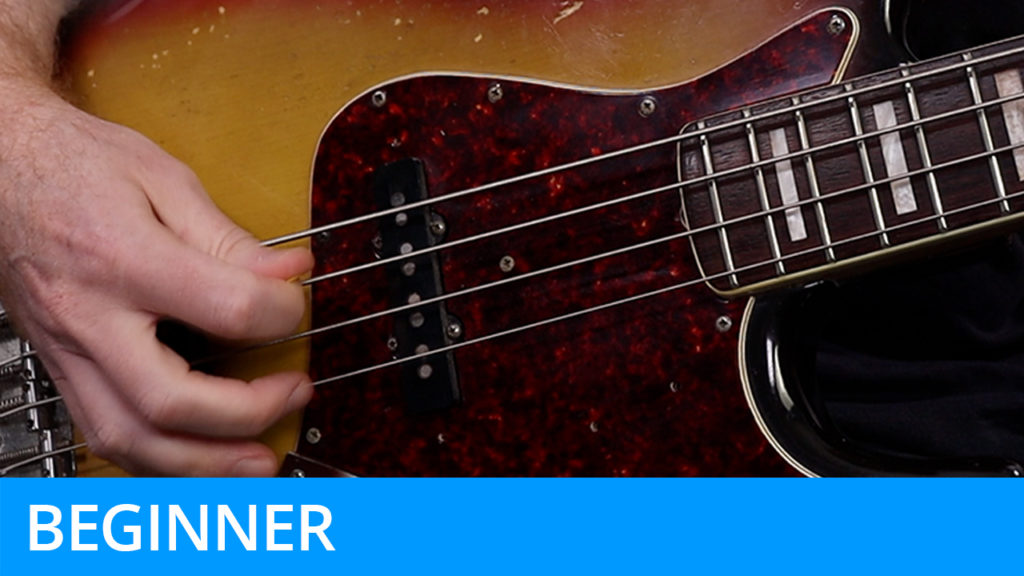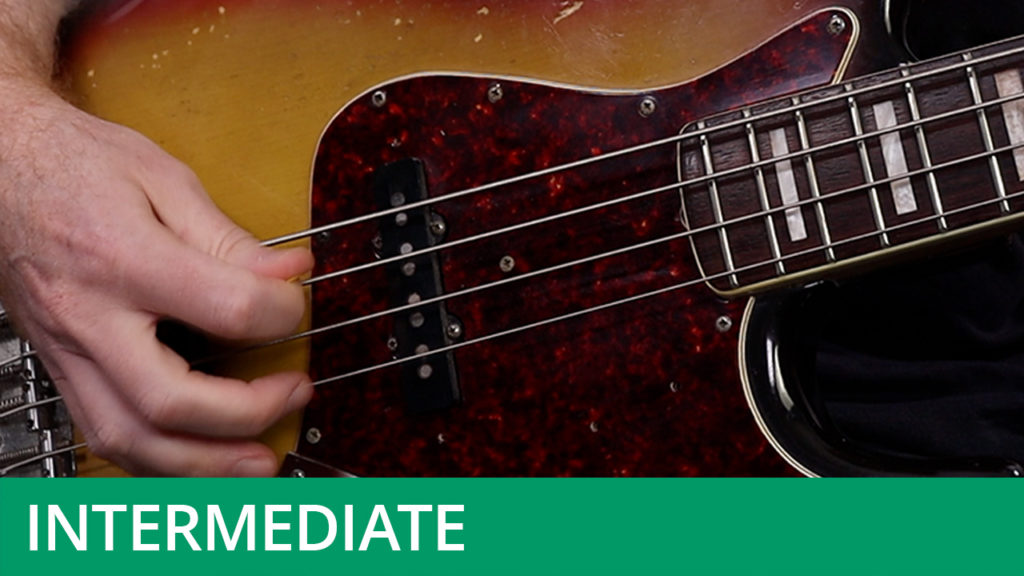Alternate Picking (Part 1)
Course Duration: 37 Minutes | Difficulty Level: 1
Some basslines can be played solely with downstrokes. Others will be too fast, or too complex for this to be effective. Because of this, the most efficient way to use a plectrum is to employ both downstrokes and upstrokes. This is a technique that you should be comfortable using on all four strings. To that end, this course will introduce you to some simple exercises that will enable you to practice this effectively.
Don’t forget to hit the Download Resources button above in order to download the PDF worksheet and audio files for this course (available to subscribers only).



